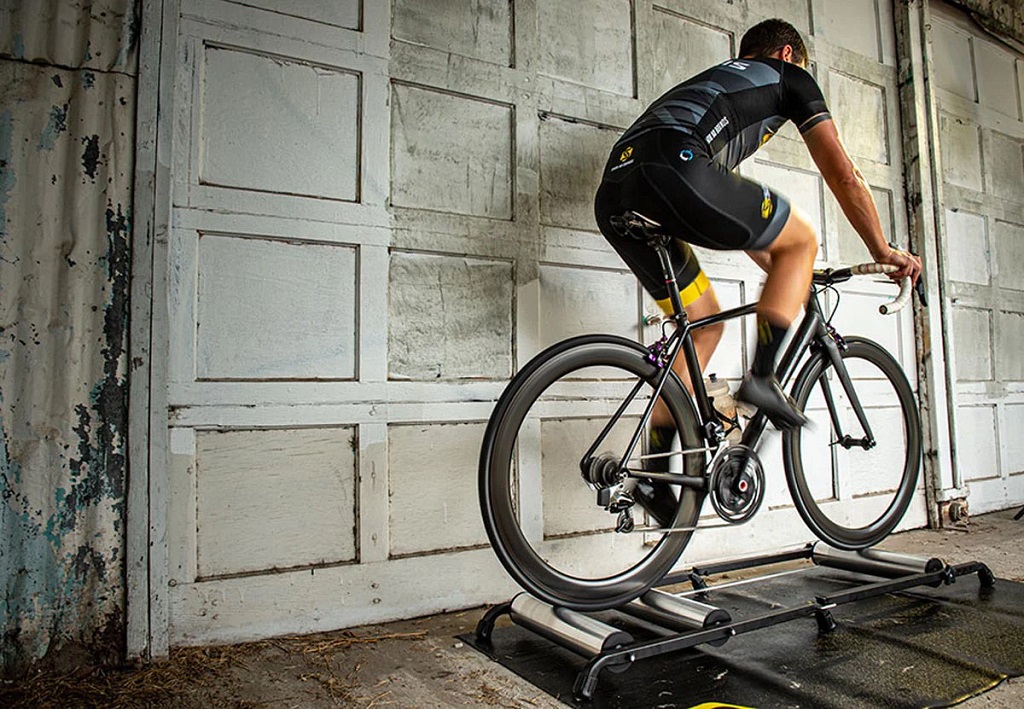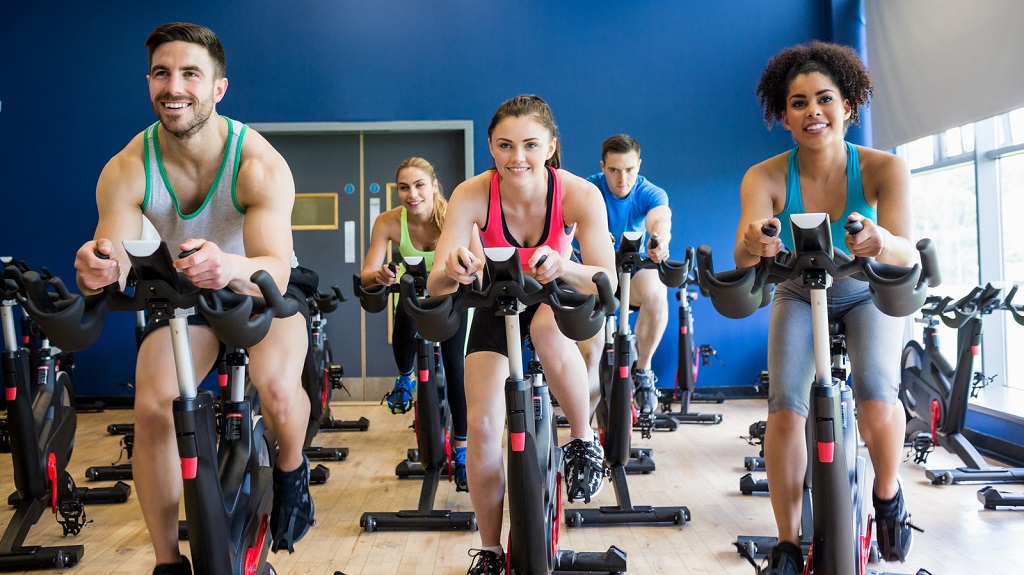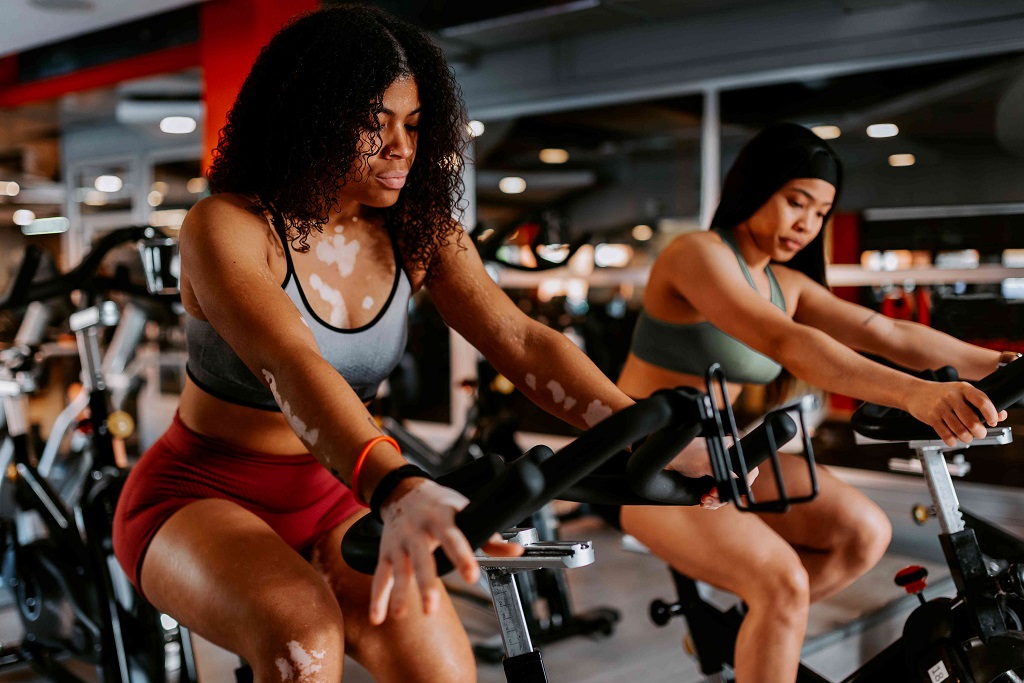
28 Feb How to Do Indoor Cycling: Master Your Ride
Indoor cycling involves proper warm-up, bike setup, structured training, resistance adjustment, and equipment investment. It is a great way to stay fit and healthy while enjoying the comfort of your home or gym.
By following the correct form and techniques, you can maximize the benefits of indoor cycling and achieve your fitness goals. Whether you are a beginner or an experienced rider, mastering the fundamentals of indoor cycling will help you improve endurance, strength, and overall cardiovascular health.
With the right guidance and practice, indoor cycling can be a rewarding and fulfilling exercise that suits individuals of all fitness levels. To ensure an effective and enjoyable workout experience, it’s crucial to focus on the essential elements of indoor cycling, including the use of the best bicycle rollers. These tools play a significant role in enhancing your training by providing a realistic riding sensation and improving your technique and stamina, making every session both challenging and rewarding.
Benefits Of Indoor Cycling

Indoor cycling, also known as spinning, offers various benefits, ranging from weight loss to cardiovascular health to muscle strength and endurance. Let’s explore these benefits in detail:
Weight Loss
Indoor cycling is an effective way to shed excess pounds due to its high-calorie-burning nature. It helps in burning fat and improving metabolism, ultimately leading to weight loss. The intense, continuous pedaling engages major muscle groups, contributing to a higher calorie burn.
Cardiovascular Health
Engaging in regular indoor cycling sessions promotes cardiovascular health as it elevates the heart rate, strengthens the heart muscles, and improves blood circulation. The consistent movement of the legs during cycling enhances the body’s oxygen-carrying capacity, thereby supporting a healthy cardiovascular system.
Muscle Strength And Endurance
Indoor cycling is a full-body workout that targets various muscle groups, including the quadriceps, hamstrings, calves, and glutes. The endurance aspect of indoor cycling helps in building muscle strength over time, leading to improved overall muscular endurance and stamina.
Setting Up Your Indoor Bike
Setting up your indoor bike properly is essential for an effective indoor cycling workout. From choosing the right bike to adjusting the seat and handlebars and setting the resistance level, these steps are crucial to ensure a comfortable and efficient ride. Let’s explore each step in detail:
Choosing The Right Indoor Bike
When selecting an indoor bike, consider factors such as the type of resistance system, adjustable features, and overall stability. Look for a bike that suits your body type and offers a smooth riding experience.
Adjusting Seat And Handlebars
Proper seat and handlebar positioning is vital to prevent discomfort and injury. Adjust the seat height so that your legs are slightly bent at the bottom of the pedal stroke. Additionally, set the handlebars at a level that allows for a relaxed and natural riding position.
Setting Resistance Level
Adjust the resistance level on your indoor bike to simulate various terrains and intensify your workout. Start with a moderate resistance and gradually increase the level as your strength and endurance improve. Experiment with different resistance levels to find what works best for you.
Proper Form And Technique

When it comes to indoor cycling, proper form and technique play a vital role in ensuring an effective and safe workout. Maintaining the correct posture, pedaling technique, and breathing rhythm are key aspects that every indoor cyclist should focus on. In this section, we will delve into each of these components to help you optimize your indoor cycling experience.
Maintaining Proper Posture
To get the most out of your indoor cycling workout, it is crucial to maintain proper posture throughout. Here are a few key pointers to keep in mind:
- Keep your back straight: Sit upright with your back straight, avoiding any slouching. This helps engage your core muscles and prevents strain on your back.
- Align your hips: Position your hips directly over the seat to distribute your weight evenly. This will provide stability and prevent unnecessary strain on your lower back.
- Relax your shoulders: Keep your shoulders relaxed and away from your ears. Tension in this area can lead to discomfort and hinder your performance.
Pedaling Technique
An efficient pedaling technique is essential for maximizing your workout and reducing the risk of injury. Follow these guidelines to pedal effectively:
- Pedal in full circles: Pedals move both ways, so make sure to apply force during the downstroke and pull up on the upstroke. This engages different muscle groups and enhances your overall performance.
- Maintain a consistent cadence: Aim for a steady rhythm and avoid abrupt speed changes. Find a cadence that feels comfortable for you and gradually increase it as you build strength and endurance.
- Distribute the workload: Shift your focus between pushing and pulling with your legs. This helps prevent fatigue and allows you to efficiently distribute the workload throughout your lower body.
Breathing And Rhythm
Proper breathing and establishing a rhythm are essential for an effective indoor cycling routine. Follow these tips to optimize your breathing and rhythm:
- Breathe from your belly: Take deep breaths from your diaphragm, filling your belly with air. This allows for better oxygen flow and helps you maintain endurance during your workout.
- Sync your breathing with your pedal strokes: Coordinate your breaths with your pedal strokes, inhaling during the upstroke and exhaling during the downstroke. This rhythmic breathing helps you stay focused and in sync with your movements.
- Find your rhythm: Experiment with different playlists or specific cycling routines that have varying tempos. Find a beat or tempo that resonates with you and helps you maintain a consistent rhythm during your workout.
By focusing on maintaining proper form and technique, you will not only optimize your indoor cycling experience but also reduce the risk of injury and achieve better results. Remember to practice these guidelines consistently to improve your performance over time.
Effective Indoor Cycling Workouts
Learn how to do effective indoor cycling workouts with these helpful tips and techniques. From proper warm-up routines to bike setup and resistance adjustment, this guide covers everything you need to know for a successful indoor cycling session. Whether you’re a beginner or an experienced cyclist, these workouts will help you achieve your fitness goals.
Strength Workouts
Effective Indoor Cycling Workouts: Indoor cycling offers a dynamic way to enhance your fitness levels and achieve your health goals. Let’s explore the various types of effective workouts you can incorporate into your indoor cycling routine.
Endurance Rides
Endurance rides involve maintaining a steady pace for an extended period to build cardiovascular strength and stamina.
Interval Training
Interval training alternates between high-intensity bursts and periods of rest, boosting your cardiovascular fitness and calorie burn.
Strength Workouts
Strength workouts focus on increasing your lower body strength through pedal resistance and targeted movements, enhancing muscle endurance.
Tips For Beginners
Tip: When beginning indoor cycling, start with shorter sessions.
- Duration: Begin with 15-20 minutes per session.
- Intensity: Keep a moderate pace initially before increasing.
Tip: Increase intensity as you gain strength and endurance.
- Increment: Add 5 minutes or increase resistance weekly.
- Challenge: Push yourself slightly beyond your comfort zone.
Tip: Utilize online resources for structured workouts.
| Platform | Features |
| YouTube | Technique tutorials and full-length workouts. |
| Training Apps | Customized plans and virtual coaching. |
Frequently Asked Questions Of How To Do Indoor Cycling
How Do Beginners Start Indoor Cycling?
To start indoor cycling, first, set up your bike and adjust the seat and handlebars. Then, focus on a proper warm-up, technique, and resistance adjustment to avoid injury and maximize your workout. Finally, follow a structured training plan and invest in suitable equipment for an effective indoor cycling experience.
How To Do Indoor Cycling Effectively?
To do indoor cycling effectively, start with a proper warm-up routine. Ensure correct posture and bike setup. Follow a structured training schedule and adjust resistance levels as needed. Invest in a suitable indoor cycling bike for the best results.
Can You Lose Weight By Cycling Indoors?
Yes, cycling indoors can help you lose weight.
What Is The Proper Way To Ride A Stationary Bike?
Ride a stationary bike by adjusting seat height, maintaining proper posture, and pedaling smoothly. Adjust the resistance level gradually for an effective workout.
Conclusion
Indoor cycling is a fantastic way to stay fit and active without having to brave the elements. By following the proper techniques and guidelines, you can maximize your workout and achieve your fitness goals.
When cleaning brake pads on a mountain bike, remember to focus on proper bike setup, resistance adjustment, and following a structured training schedule to ensure optimal performance and safety during your rides.
With dedication and consistency, indoor cycling can become a rewarding and effective form of exercise. So hop on your bike, crank up the music, and enjoy the ride!


No Comments